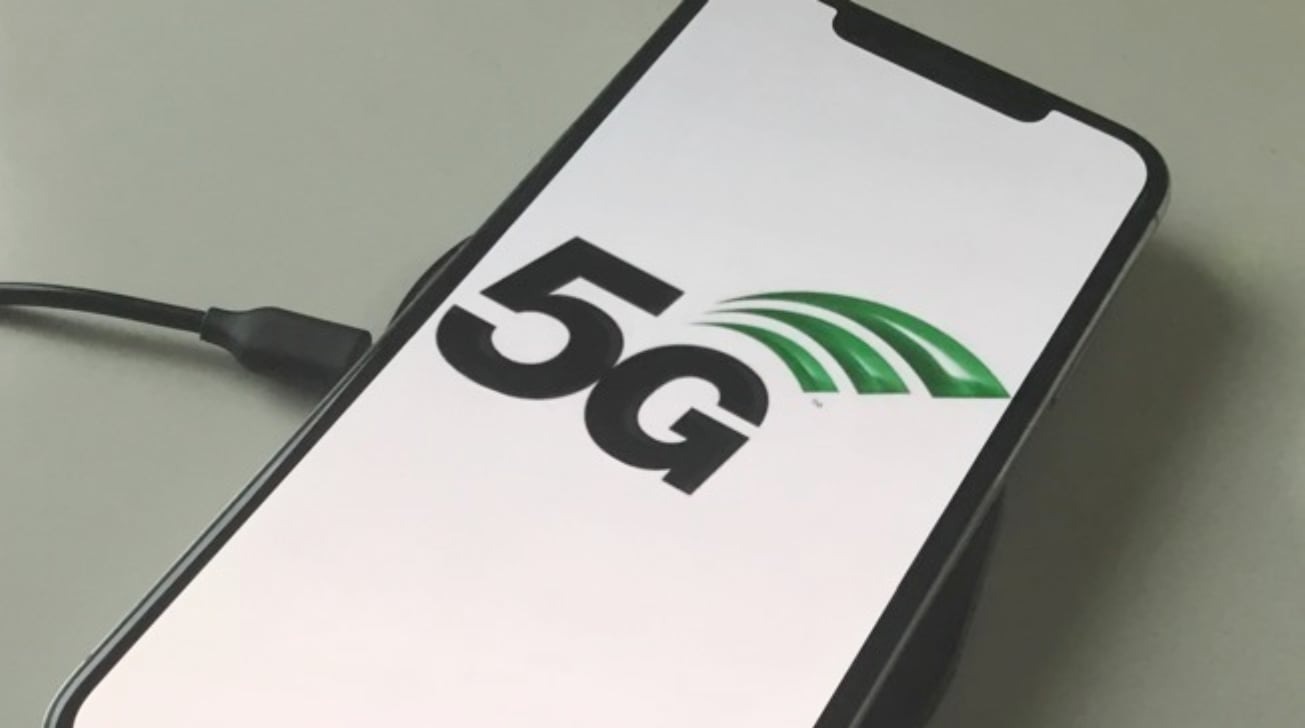Apple May Shift to Single-band 5G on 2021 'iPhone 13' Lineup
07/21/2020
2434

Apple's 2021 "iPhone 13" models may not include support for both high-band and low-band 5G connectivity, a report claims, with the future models potentially shipping with compatibility for either the extremely fast mmWave or the more resilient sub-6GHz spectrum.
It is largely believed that Apple's 2020 iPhone models will include 5G support, with the "iPhone 12" range expected to use 5G modems sourced from Qualcomm. But while speculation for the inbound iPhone generation is intensifying, some attention is being turned to the 2021 model, plausibly called the "iPhone 13."
According to DigiTimes, Apple is considering the possibility of producing a version of the iPhone using a single 5G band. While the iPhone 12 collection is anticipated to work with both sub-6GHz signal as well as mmWave, giving customers the full usage of 5G, Taiwan-based sources believe Apple is entertaining the thought of including support of one or the other "for specific markets."
While DigiTimes is generally a good source of supply chain rumors, it typically fares better with production news and delays, rather than on specific features of new hardware. That being said, it would be feasible for Apple to make such a decision.
The decision to provide partial 5G support could potentially allow Apple to offer devices that offer at different connectivity speeds, depending on what the market offers in terms of existing infrastructure, as well as the needs of customers.
Retaining support for mmWave would mean that consumers will be able to take advantage of the high speeds that promotion of 5G promises will be available, but such signal is susceptible to interference and lacks range, issues that would normally be fixed by the sub-6GHz spectrum. Feasibly, by offering mmWave support in this manner, the iPhone would instead have to rely on existing LTE infrastructure to provide extended coverage.
Sub-6GHz 5G is resilient and able to operate at long ranges, unlike mmWave, but it won't provide much of a speed boost over LTE connections.
Source: Appleinsider












